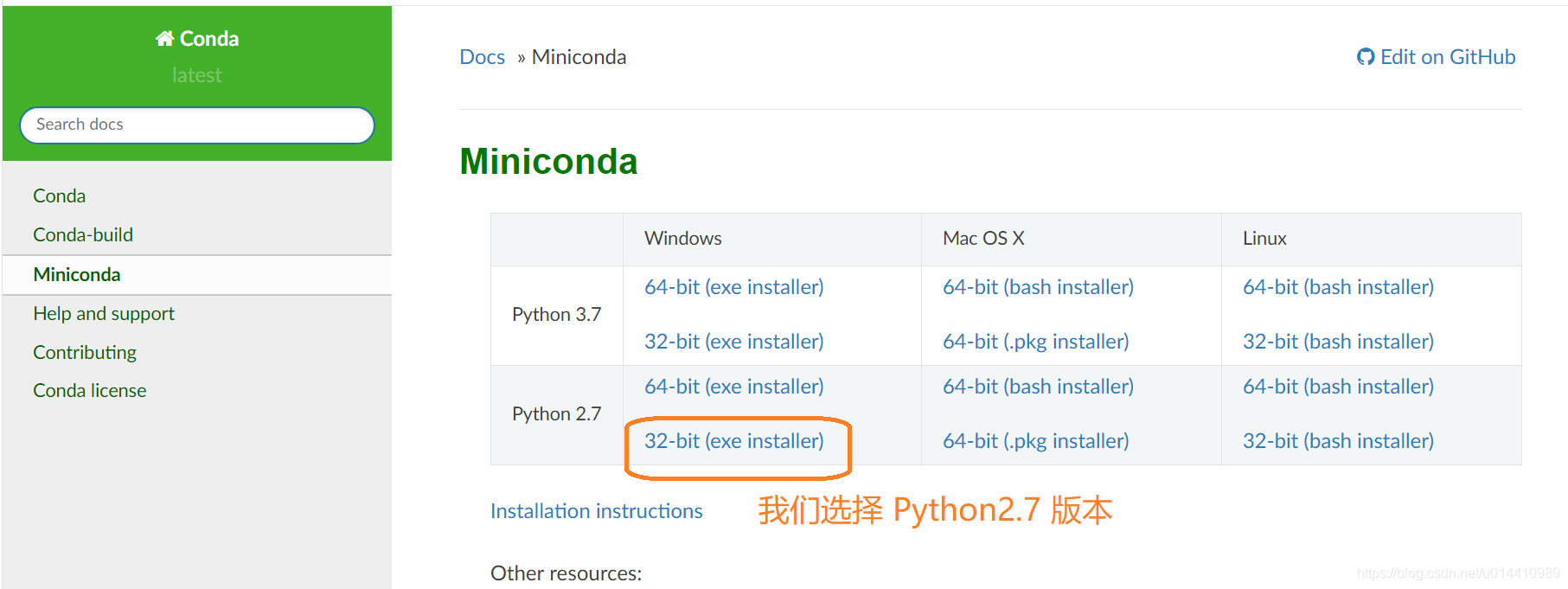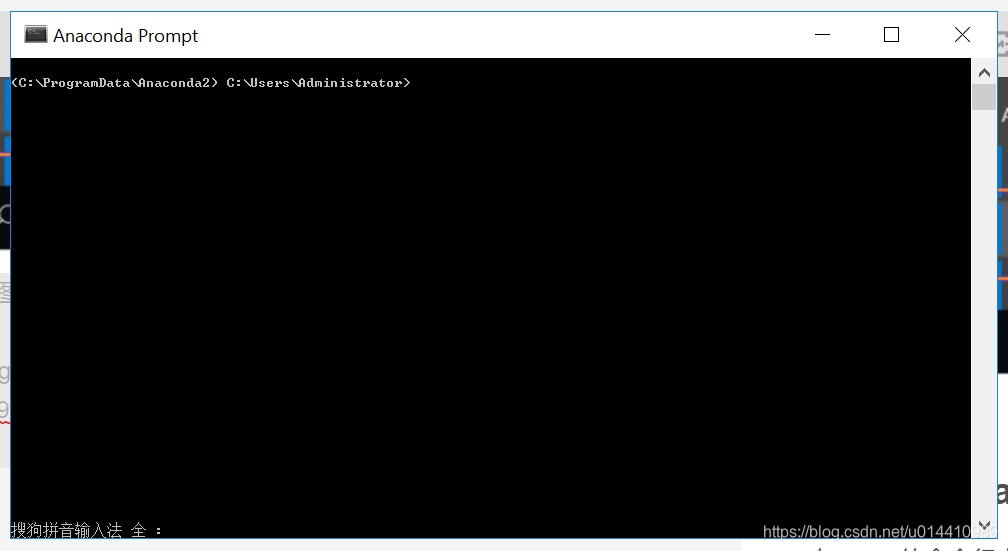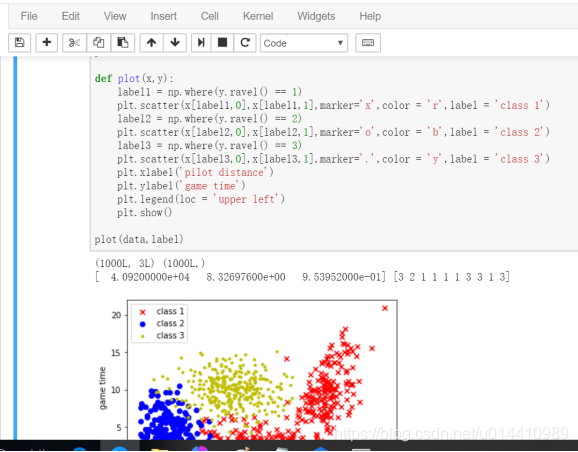《机器学习实战》–资料下载和运行环境
1. 推荐理由
优点:有配套代码,便于理解算法。
缺点:编写与2012年,没有近几年的新发展。不过作为入门,足够了。
2. 书籍下载地址
机器学习实战 PDF超清晰中文+英文版+随书源码(真正清晰版)(需要优快云币)
https://download.youkuaiyun.com/download/wrj19860202/10501911
3. 代码下载地址
3.1 推荐jupyter版本
使用jupyter notebook整理的peter的《机器学习实战》代码,加了注释,代码也稍做修改。
https://github.com/TingNie/Machine-learning-in-action
3.2 作者发布的python版本
英文原版的官方网站有本书配套的Python代码:
https://www.manning.com/books/machine-learning-in-action
4. 推荐如下方法学习
(1)阅读并理解中文PDF中的某个算法。
(2)运行下载 的 jupyter notebook 代码,并分析结果。
(3)尝试修改程序,观察运行结果的变化,并进行分析。
(4)观看网课视频。
特别推荐 网易云课堂–>吴恩达的机器学习课程
不仅概念清晰易懂,还讲解常用的实战经验
https://study.163.com/course/introduction/1004570029.htm
(5)阅读更多理论书籍。
这本书没有晦涩的理论推导。(这个算优点还是缺点呢?)
如果想理解算法背后的理论,推荐周志华老师的西瓜书(《机器学习》清华大学出版社 周志华著)。
https://book.douban.com/review/9849485/
如果觉得西瓜书啃不动,推荐配套的南瓜书以及其论坛,那里有热心前辈答疑解惑。
https://github.com/datawhalechina/pumpkin-book
5. 配置代码运行环境
5.0 选择 Anoconda 还是 Miniconda ?
(1) 如果电脑硬盘空间足够大(3G以上),推荐使用Anoconda,功能强大。
(2) 如果电脑硬盘不够大(500M左右),推荐使用Miniconda,顾名思义它是Anoconda的mini版本,裁剪版本,只有最基础的一些包,没有自带Jupyter。
还需要再安装jupyter才能运行我们书中的代码。
推荐使用 jupyter 运行 python代码,方便一边修改代码,一边观察实验结果,利于理解算法原理。(也可以尝试用Spyder运行*.py文件)
通过Miniconda 安装 jupyter。
详情可以参考:Jupyter Notebook介绍、安装及使用教程
5.1 下载Miniconda
官方下载地址:https://docs.conda.io/en/latest/miniconda.html

5.2 安装并运行Miniconda
安装Miniconda之后,在Windows开始菜单中,打开Anaconda2文件夹,双击Anaconda Prompt,会弹出一个命令行窗口。


5.3 在conda内安装 jupyter
在conda的命令行内依次运行如下命令:
#配置conda 清华镜像
conda config --add channels https://mirrors.tuna.tsinghua.edu.cn/anaconda/pkgs/free/
conda config --add channels https://mirrors.tuna.tsinghua.edu.cn/anaconda/pkgs/main/
#配置清华PyPI镜像(如?法运?,将pip版本升级到>=10.0.0)
pip config set global.index-url https://pypi.tuna.tsinghua.edu.cn/simple
# 安装 jupyter
conda install jupyter
5.4 运行《机器学习实战》代码
在conda命令行界面,cd进入到 《机器学习实战》代码所在目录“Machine-learning-in-action-master”,然后再执行“jupyter notebook”命令,会弹出一个浏览器页面。
在浏览器页面中打开k-Nearest Neighbor文件夹,双击knn.ipynb,这是第二章的实例。
尝试运行,可以得到下图所示的运行结果。
尝试修改程序,观察运行结果是否符合预期。






 本书推荐理由:附带代码,便于理解机器学习算法。包含书籍与代码下载链接,推荐学习步骤,从阅读理解算法到实践修改代码,观看吴恩达课程,深入理论学习。配置代码运行环境,包括选择Anaconda或Miniconda,安装jupyter。
本书推荐理由:附带代码,便于理解机器学习算法。包含书籍与代码下载链接,推荐学习步骤,从阅读理解算法到实践修改代码,观看吴恩达课程,深入理论学习。配置代码运行环境,包括选择Anaconda或Miniconda,安装jupyter。
















 7105
7105

 被折叠的 条评论
为什么被折叠?
被折叠的 条评论
为什么被折叠?








